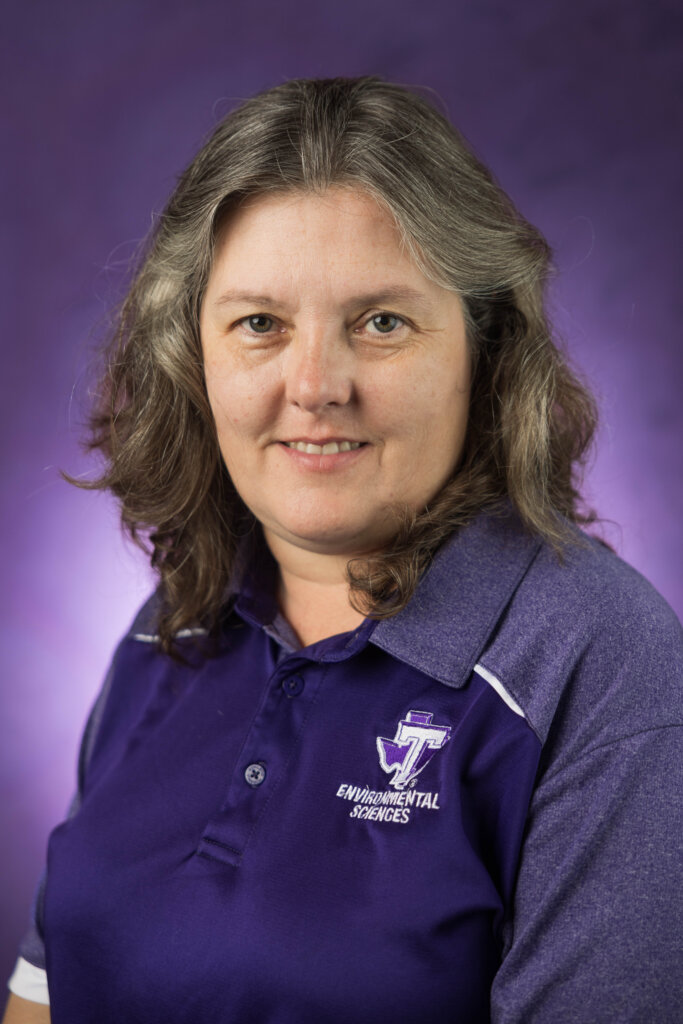Anne Egelston is an associate professor at Tarleton State University, where she teaches courses including environmental policy and environmental law, and is Program Director of Environmental Science. She recently joined UC Press’s journal Case Studies in the Environment as an associate editor.
UC Press: Welcome to Case Studies in the Environment!
AE: Thank you! I’m honored to join the editorial staff of this journal.
UC Press: What’s your view of case studies within the environmental arena? Do you use them in the classroom? And if so, how?

AE: Case studies remain one of our primary teaching pedagogies for this field and this journal has the potential to impact not only other members of academia, but also our students.
I do use them in the classroom. Case studies are a great way to introduce students to complex issues within the field. I believe case studies frame issues in ways that are more appealing to students, especially students that are early in their academic development.
UC Press: During the journal’s recent editorial transition, highlighted by the appointment of Jennifer Bernstein as Editor-in-Chief, you were the first of several new associate editors to join the editorial team. What drew you to the journal, and what is your role there?
AE: I liked the people that are editing the journal. The members of the editorial board are all excellent scholars and I’m looking forward to learning from them. My role with the journal will be to assist authors with the process of publishing their manuscripts. I’m also keen to promote this journal as I feel like it is underutilized.
UC Press: As an associate editor, are there particular topics, approaches, or subject areas that you will primarily focus on?
AE: My primary fields are in climate policy, especially carbon markets, and in sustainability broadly. I also have some expertise in air permitting within the United States.
UC Press: Are there any specific environmental issues, or environmental problem-solving approaches, that you hope will be addressed in the journal by new case studies? And do you have any advice or suggestions for authors who may be considering submitting case studies?
AE: At the moment, I’m intently focused on the role of agricultural products in the carbon markets. I’m also looking at some rural sustainability initiatives. It’s very tempting to focus all of our scholarly attention on areas that are well-known for their environmental progress. I also think it is important to show that work on environmental quality occurs in unlikely places.
My advice for authors would be to submit the article. Scholarship advances through peer review, that hopefully leads to publications. If you’re not submitting articles for publication, then you are missing an important opportunity to receive feedback.
UC Press: Thank you for taking on this role with Case Studies in the Environment, for taking the time to talk with us today, and best wishes for your fall term at Tarleton and with the journal!
AE: Thank you. I’m looking forward to my new role.
Case Studies in the Environment is a journal of peer-reviewed case study articles and case study pedagogy articles. The journal informs faculty, students, researchers, educators, professionals, and policymakers on case studies and best practices in the environmental sciences and studies.
online.ucpress.edu/cse